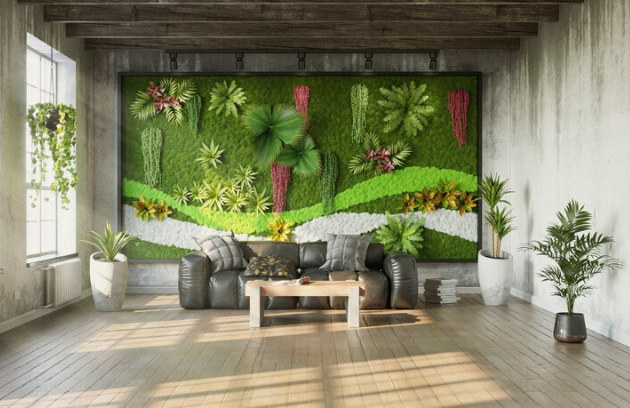Introduction:
In recent years, the concept of sustainability has gained significant importance in various industries, including interior decoration. As individuals become more conscious of their environmental impact, the demand for sustainable and eco-friendly design solutions has soared. In this blog, we will explore the significance of sustainability in interior decoration and how it can transform your living or working spaces into environmentally friendly havens of beauty and functionality.
1. Choosing Eco-Friendly Materials:
One of the fundamental aspects of sustainable interior decoration is selecting eco-friendly materials. Opt for renewable resources such as bamboo, cork, or reclaimed wood for flooring, furniture, and cabinetry. These materials not only reduce the strain on natural resources but also add a touch of warmth and character to your space.
2. Energy Efficiency:
Integrating energy-efficient solutions into your interior design can have a significant impact on both the environment and your utility bills. Incorporate LED lighting fixtures, install energy-saving appliances, and consider utilizing natural light through well-placed windows and skylights. By reducing energy consumption, you contribute to a greener future while creating an inviting and comfortable environment.
3. Repurposing and Upcycling:
Embrace the art of repurposing and upcycling in your interior decoration endeavours. Give old furniture a new lease on life by refinishing or reupholstering them. Transform salvaged or vintage items into statement pieces that add charm and uniqueness to your space. Not only does this approach reduce waste and landfill accumulation, but it also adds a touch of personality and character to your design.
4. Incorporating Indoor Plants:
Bringing nature indoors through the inclusion of plants not only adds visual appeal but also contributes to a healthier and more sustainable environment. Indoor plants improve air quality by absorbing toxins and releasing oxygen. They also create a sense of tranquillity and connection with nature, enhancing the overall well-being of occupants.
5. Efficient Waste Management:
Effective waste management is an essential component of sustainable interior decoration. Implement recycling systems within your space and ensure proper waste segregation. Choose materials that are recyclable or biodegradable to minimize the environmental impact of your design choices. By reducing waste and promoting responsible consumption, you actively contribute to a greener future.
6. Water Conservation:
Water is a precious resource, and incorporating water-saving features in your interior design can make a significant difference. Install low-flow faucets and showerheads to minimize water consumption. Consider utilizing rainwater harvesting systems for irrigation purposes. By embracing water conservation practices, you actively participate in preserving this invaluable resource.
Conclusion:
Sustainable interior decoration is not just a passing trend; it is a responsible and conscientious approach to design that benefits both the environment and the occupants of a space. By incorporating eco-friendly materials, energy-efficient solutions, and responsible waste management practices, you can create beautiful and functional spaces while reducing your carbon footprint. Embrace sustainability as a core value in your interior design choices, and watch your spaces come alive with an eco-friendly and timeless appeal.
Let us join hands in creating sustainable interior spaces that not only inspire but also contribute to a better, greener world for generations to come. Together, we can make a significant impact through sustainable interior decoration.


Recent Comments